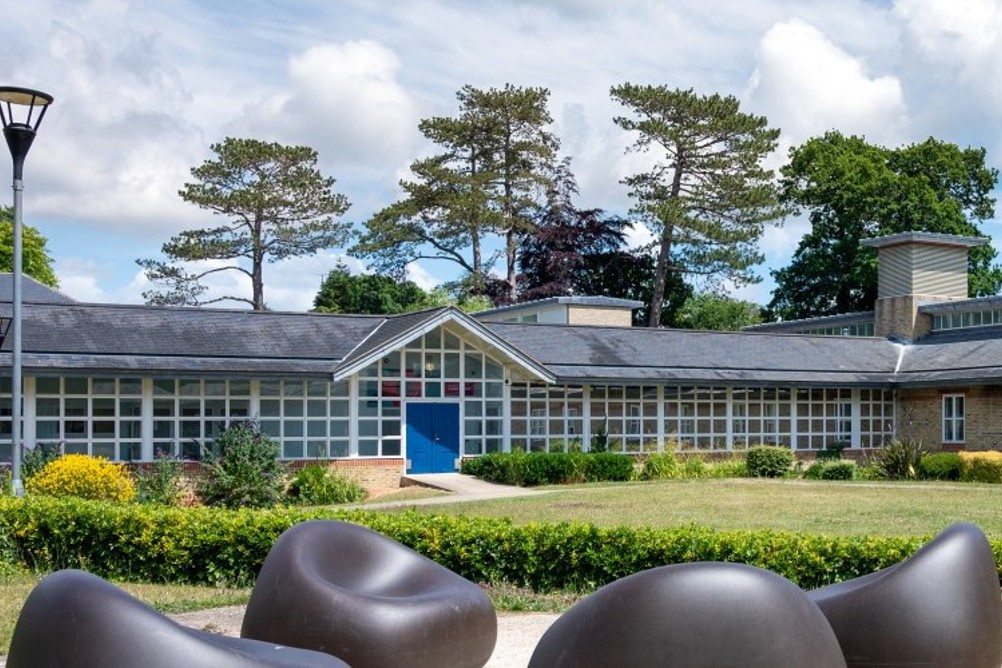
The announcement of an additional £120 million for secure children’s homes (SCH) was one of the few positive measures for children’s services in the Chancellor’s recent Budget. The investment will fund the maintenance of the existing SCH estate and pay for the rebuilding of Atkinson SCH in Exeter and Swanwick Lodge in Southampton to add extra capacity to a system struggling to meet the needs of vulnerable children.
The Treasury announcement of the funding states that adding extra capacity “will reduce local government reliance on costly emergency provision and improve outcomes for children by providing them with more suitable placements”.
Changing needs
However, secure care experts say it is vital the funding is used to develop new provision that better reflects the changing needs of children than just adding more of what is currently provided.
Register Now to Continue Reading
Thank you for visiting Children & Young People Now and making use of our archive of more than 60,000 expert features, topics hubs, case studies and policy updates. Why not register today and enjoy the following great benefits:
What's Included
-
Free access to 4 subscriber-only articles per month
-
Email newsletter providing advice and guidance across the sector
Already have an account? Sign in here

